Corten steel welding can be a little challenging, however, with the proper preparation, it is completely doable. We’ll examine the fundamentals of welding Corten steel in this article and offer some advice for achieving the best outcomes.
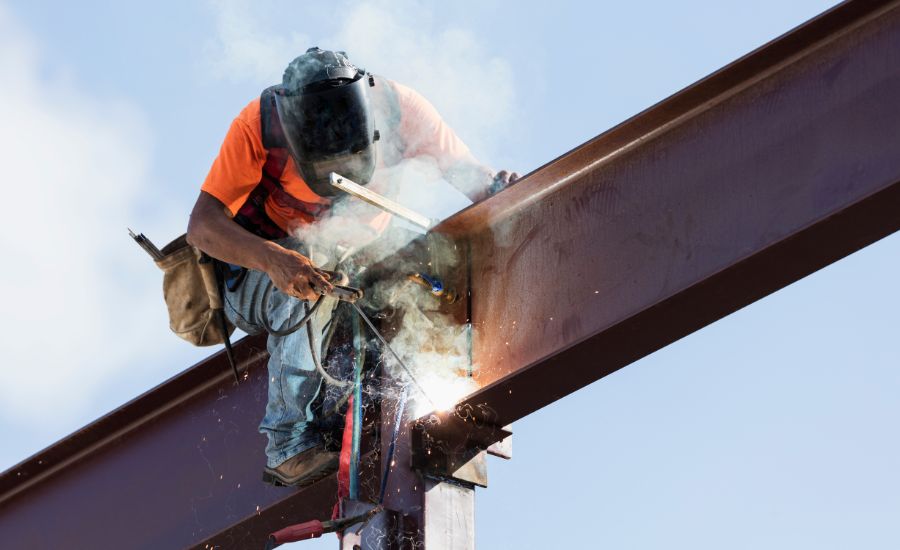
Contents
Corten steel welding
Corten steel is a weathering steel. When exposed to the weather, rust-covered surfaces help prevent corrosion and extreme weather. High tensile strength, durability, and ductility are some characteristics of Corten steel.
The alloy is very prominent for exterior architectural details and sculptures because of its air corrosion resistance.
Low-carbon steel alloys are made composed of copper, manganese, and nickel. A corrosion-resistant substance is applied to the surface of steel during production. This layer shields the steel from weathering and rust.
Due to its characteristics, Corten steel is perfect for use outside. Unlike mild steel, it doesn’t rust even in extreme conditions. It has great resilience to abrasion and fatigue.
Using Corten steel is common in both architecture and landscape design. Mild steel and Weathering steels are common materials for building gates, bridges, fences, and other structures. Sculptures and some other ornamental items can also be constructed with steel.
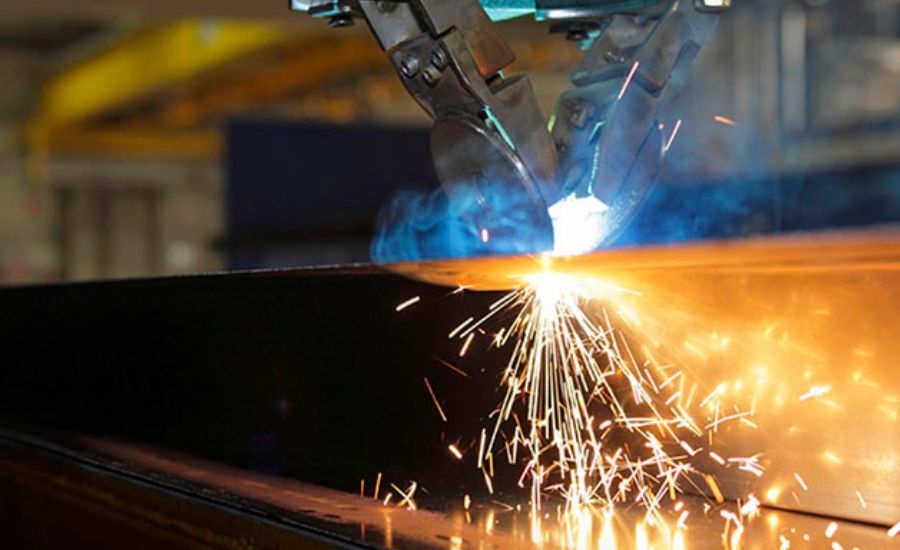
Features
Below are the features of Corten steel:
Corrosion resistance
The greatest benefit of Corten steel is its exceptional corrosion resistance. Also, it can change how rust can impact the material’s surface.
Dried rust layer
The combination of the aforementioned variables quickly dries the rust, producing a magnificent patina. The rust is dried and built up a thick film on the metal’s surface.
Rather than degrading the metal’s structure, this layer of rust acts as a paint layer and shields the material.
The interior material is shielded from extreme weather by the thick rust layer coating. The structure also gains strength and the ability to support massive weights.

Corrosion on Corten steel: How to care for it and fix it
Below are ways of maintaining and fixing Corten steel:
Corten steel cleaning
The initial step in preserving and fixing corrosion on Corten steel is cleaning. Use gentle soap and a damp washcloth to clean the steel.
The steel should be thoroughly cleaned before being dried with a different clean cloth.
Use abrasive cleansers sparingly because they can harm the steel’s surface. Moreover, stay away from using wire brushes or steel wool because they might end up leaving behind small particles that can exacerbate rust.
Protective coatings application
A crucial step in preserving and treating corrosion on Corten steel is implementing protective coatings.
They serve as a shield between the atmosphere and the steel, which helps to lessen corrosion. Coatings come in a variety of forms, such as acrylic, epoxy, and polyurethane.
It’s critical to select the type that is most appropriate for your specific application since each type has benefits and drawbacks.

Restoration of damaged areas
Corten steel should be repaired quickly if any sections have already suffered damage from corrosion.
Filling damaged regions with filler metal is the most typical way to restore them.
After applying the filler metal, it needs to be carefully sanded down before being sprayed with rust-resistant paint. Subsequent corrosion is less likely as a result of this.
Corten steel maintenance
Corrosion maintenance and repair depend heavily on routinely monitoring Weathering steel.
This involves looking for any indications of corrosion on the steel’s surface and examining any protective coatings for deterioration.
It’s also crucial to look for any indications of structural damage, including cracks or flaws. To stop additional corrosion, all defects should be fixed right away once they’re discovered.
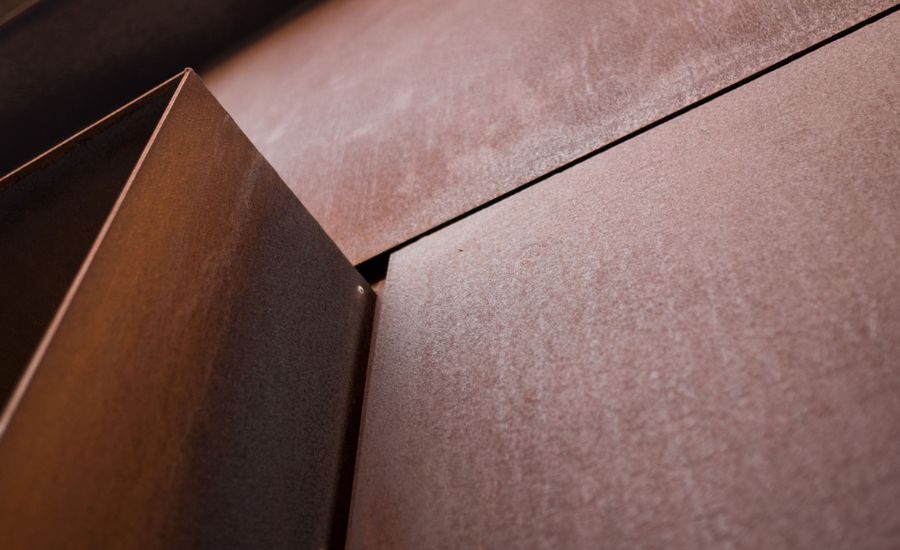
How to weld Corten steel
After discussing the value and utility of Corten steel, we will now go over the many welding techniques which are suitable to weld Corten steel.
The process is fairly comparable to welding on mild steel. However, the sole distinction is that a filler wire must be used in Corten steel welding compared to welding mild steel.
Corten steel welding using the MIG welding technique
When joining two metal components together, MIG welding uses a filler wire and an electric arc. The base metal and filler wire are in contact with one another, creating an arc that conducts electricity and heat, melting the two together.
To get the best color match when MIG welding Corten steel, make an informed choice of filler metal.
E7018 MIG welding wires are suggested for thinner metal plates because, by efficiently attaching the plates, they sufficiently dilute them.
Furthermore, you must select the filler material appropriately if you are working on joints where a double passing of filler material is necessary for the structural steel.
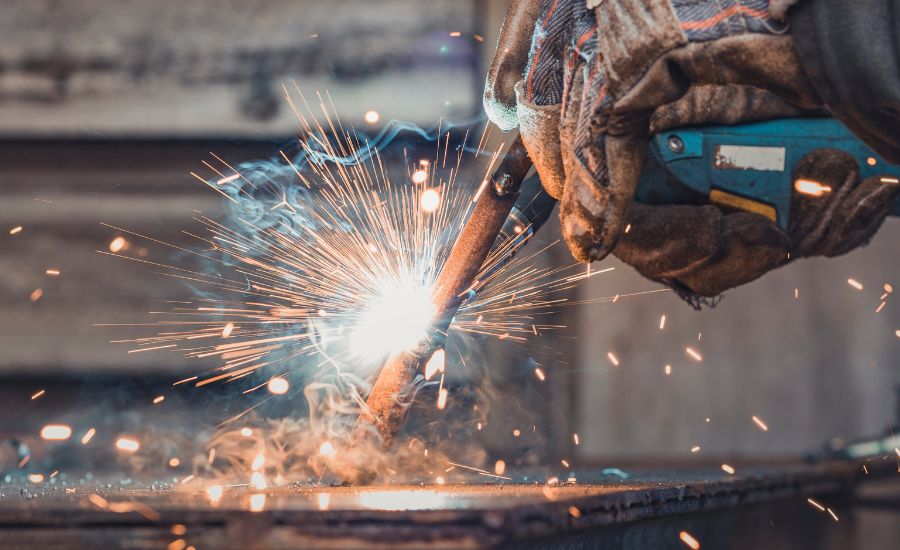
Corten steel welding using the TIG welding technique
The method employed to weld mild steel is applied in TIG welding as well. However, a tungsten electrode is utilized when welding the weathering steel asides from the filler material.
Because the heat must be directed onto the seam of the welding area, you require a sharper electrode of filler material. Consequently, correctly directing heat in the desired direction is crucial to the process. Compared to welding aluminum, it is completely the opposite.
Heat dissipates more rapidly throughout the welding process for aluminum, whereas when TIG welding Corten steel, the heat must be directed appropriately to ensure a quality weld.
To select the proper filler material when welding weathering steel, you must first understand the material.
The anti-corrosion qualities can also be lost by using improper filler metal, which can significantly reduce the yield and tensile strength.
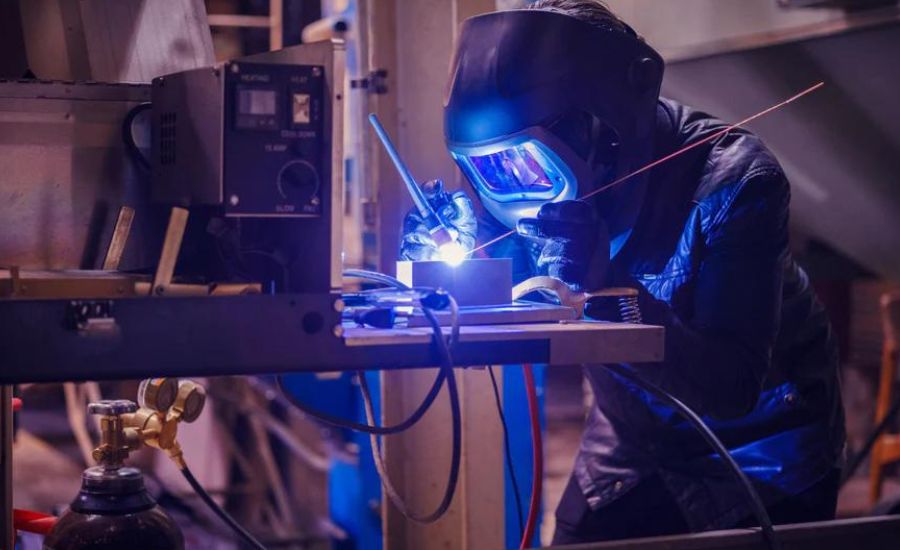
Corten steel welding using the shielded metal arc welding technique
The effective use of the electric arc for Corten steel welding is the key component of this method. To melt the filler material in the metal joints that need to be welded together, all you are required to do is to generate heat with the welding arc.
You have to hold the filler material and arc in each hand at the same time, which can be a bit annoying for you.
Nonetheless, the flexibility of this approach allows you to easily weld metals of any thickness. Also, you don’t need to alter your welding process or switch materials each time you need to weld metal of a different thickness.
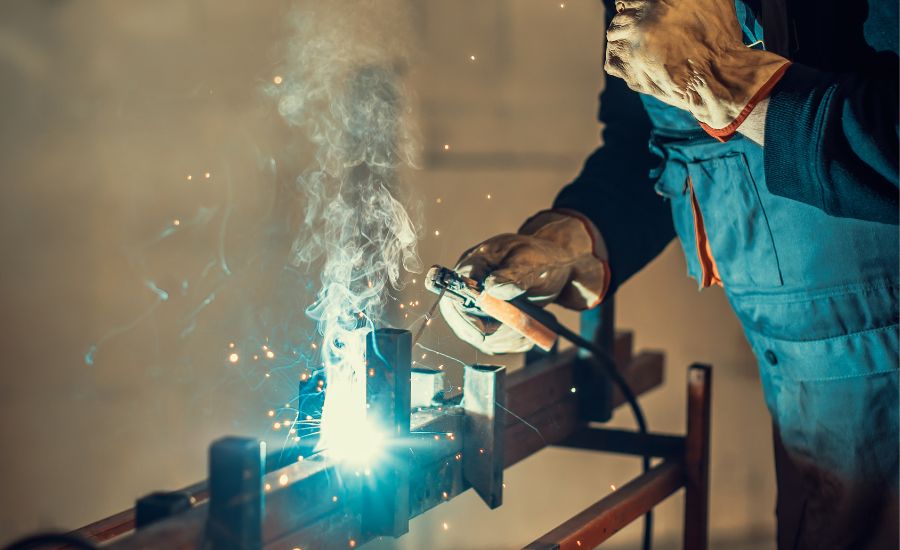
Selecting the appropriate filler wire
While selecting the best filler wire, there are a few factors to take into account.
- Any specific criteria
- The level of strength and impact resistance required
- Weld position
- If it will be painted or not
- Necessary weld size
- Color match
The required level of strength is one of the most important characteristics. The majority of weathering steel operations stay within a range of 50 KSI yield to 70 KSI tensile.
In some cases, they can reach 100 KSI tensile. On a minimum level, the filler metal ought to match the fundamental mechanical properties of the base metal.
The welder must understand the precise requirements and quality of weathering steel they are dealing with to make the best decision.
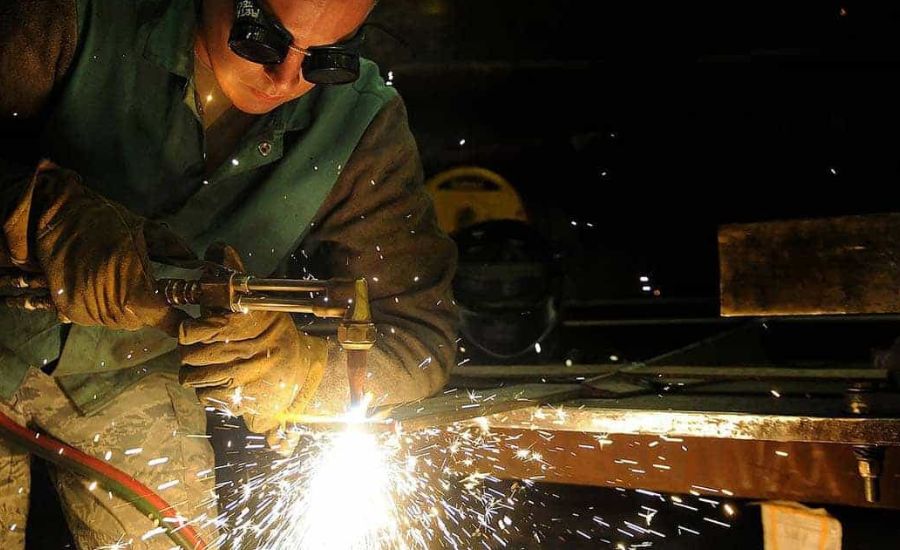
Together with the design specifications, you must additionally be aware of any applicable welding codes and any other technical guidelines provided by various technical bodies.
There are different tensile strengths of weathering steel. Every type has unique mechanical properties that make it appropriate for a certain function.
Filler metal requirements vary depending on the use and the need. The filler metal’s tensile strength, yield strength, and toughness must all satisfy the design specifications to weld Corten steel.
A decision needs to be made after careful consideration. Or else, you risk having a weak or uneven filler wire that reduces the metal’s ability to support loads and ruins the structure’s overall visual appeal.
Determine the location to place the filler metal before beginning the selection procedure.
Corrosion-resistant filler wire is necessary for structures that are exposed to the atmosphere because they corrode rapidly.
Structures with a protective layer of paint or those shielded from wind and rain won’t experience corrosion, so you don’t need to be concerned.
When the base metal needs to have anti-corrosion qualities added, low alloy metal fillers are used.
Welders prefer using low alloy filler metals in multi-pass welds that are more substantial.
Because the base metal is not diluted much in multi-pass welds, the corrosion resistance of the finished product is built mostly from filler metals with some alloy composition.
In comparison to carbon steel, low alloy filler metals have higher tensile and yield strengths but the same corrosion resistance. They allow you to directly match the mechanical properties of the filler material to those of the base.
Welders often employ a low alloy with a negligible amount of nickel (mild steel). These are among the cheapest options with adequate qualities.

FAQ
Is Corten steel weldable?
Due to its appearance and advantages, Corten steel has remained the most frequently utilized metal for decades. Rust, known to be the main issue with steel, is overcome by it. Welding knowledge and expertise are already present. Welders ought to be able to weld Corten steel without any issues.
What is the best welding rod for Corten steel?
The proper welding rod must be used when welding Corten steel, and using the incorrect sort could have severe effects. Low-hydrogen rods like E7018 or E70S-3 are suggested for use with mild steel. The optimum electrodes for welding procedures are E8018-B2L or E8018-C3 if the job is longer.
What filler rod for Corten steel?
MasterWeld Corten TIG Filler wire is a specialized low alloy copper-coated TIG filler wire for welding weathering steel, also referred to as Corten steel. Because of the carefully regulated levels of Cu, Cr, and Ni, MasterWeld Corten offers outstanding resistance to air corrosion.
What are the limitations of Corten steel?
The real challenge with Corten steel welding is the variation in color in some areas. Many environmental factors, including oxide stains, can have an impact on some features. They may change color with time, which could have a detrimental impact on the building’s appearance.
Hence, if you are welding Corten steel, you need to come up with a suitable solution to this issue.
Conclusion
In summary, Corten steel is the best material for outdoor applications. It requires little maintenance, is corrosion-resistant, and is ecologically friendly.
Furthermore, Corten steel has a lovely rust-like finish that appeals to many people.
Corten steel has long-lasting advantages that significantly surpass the expenses, even though it can be time-consuming and difficult to weld Corten steel.


